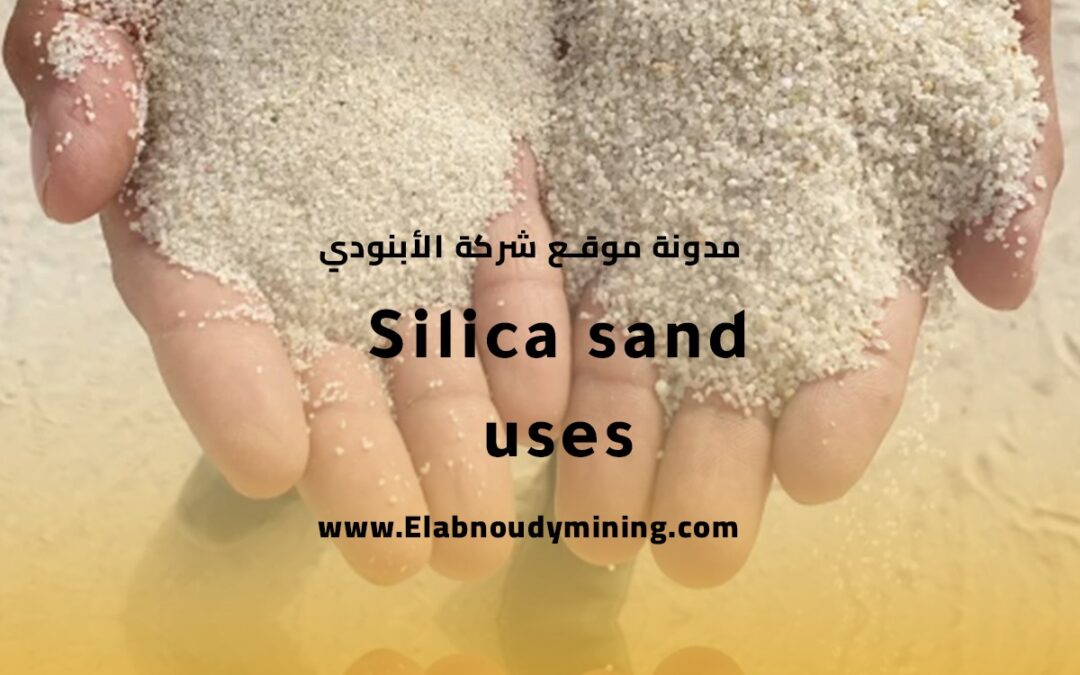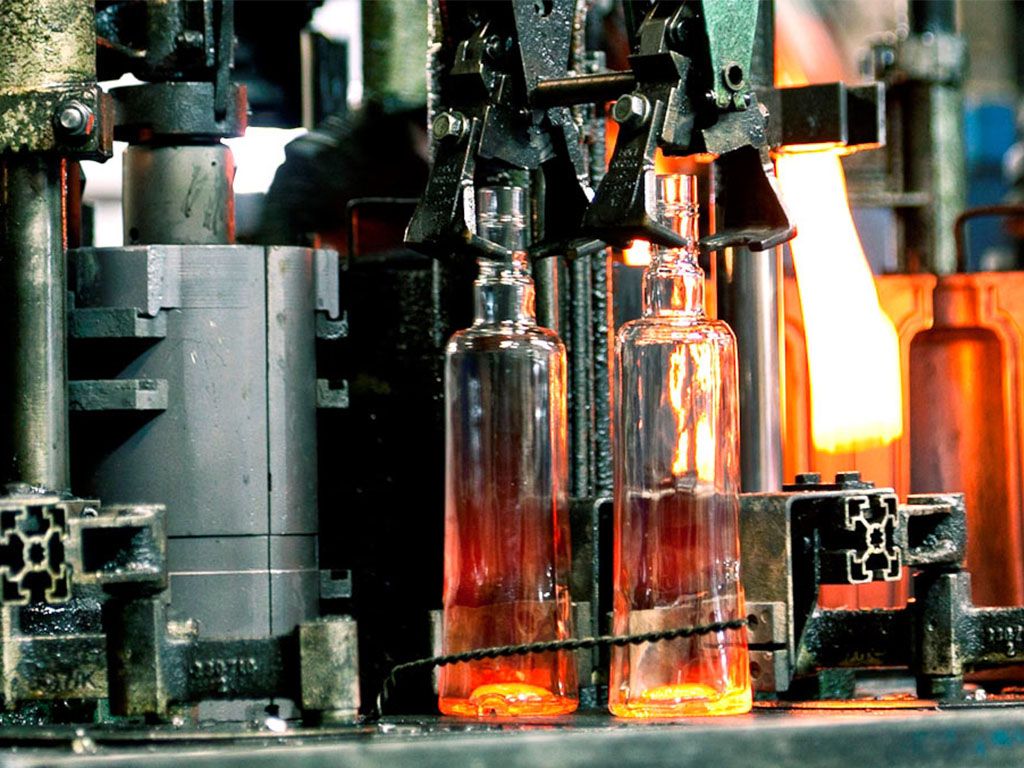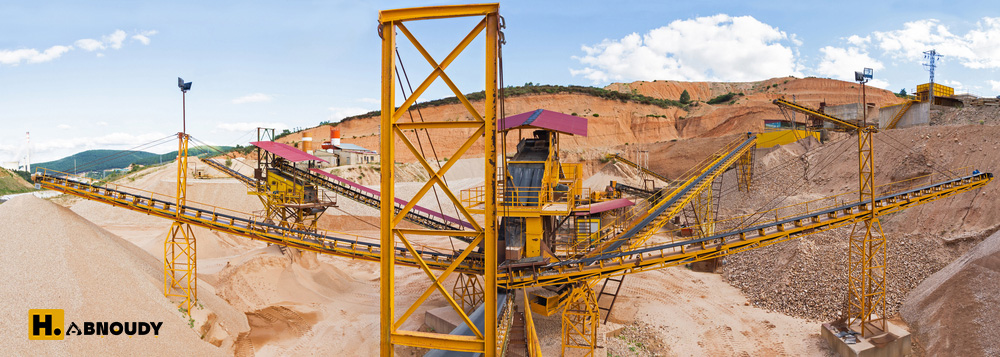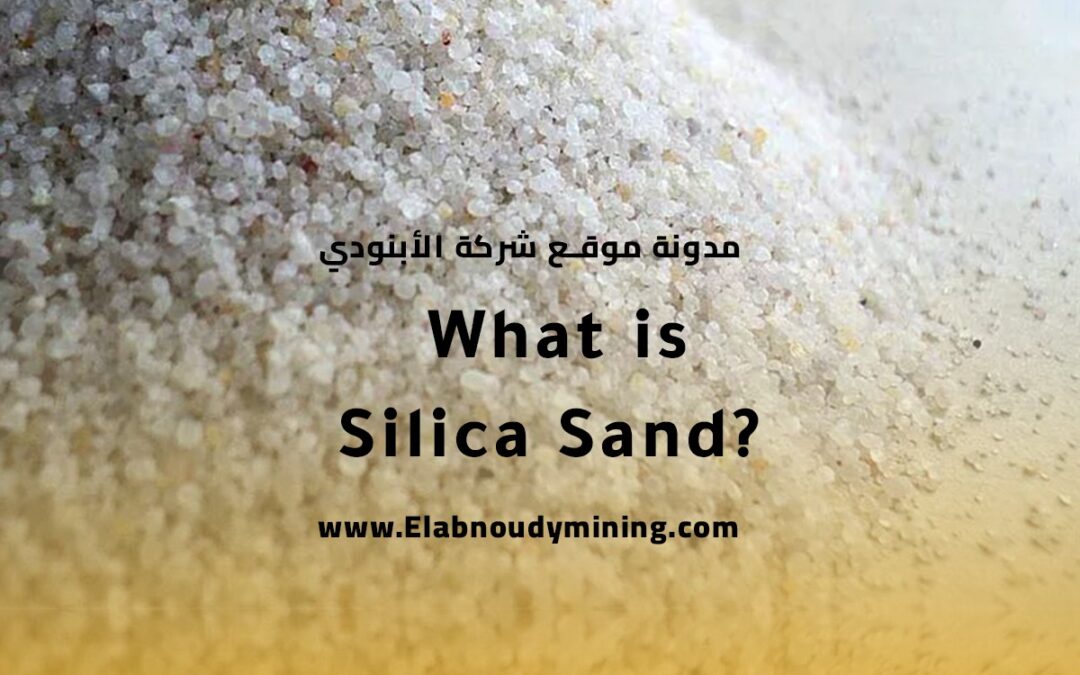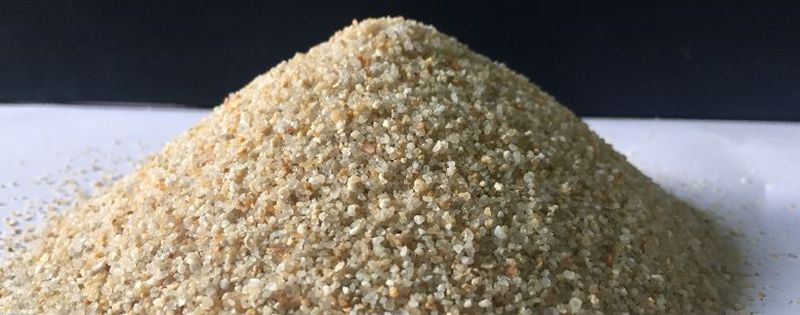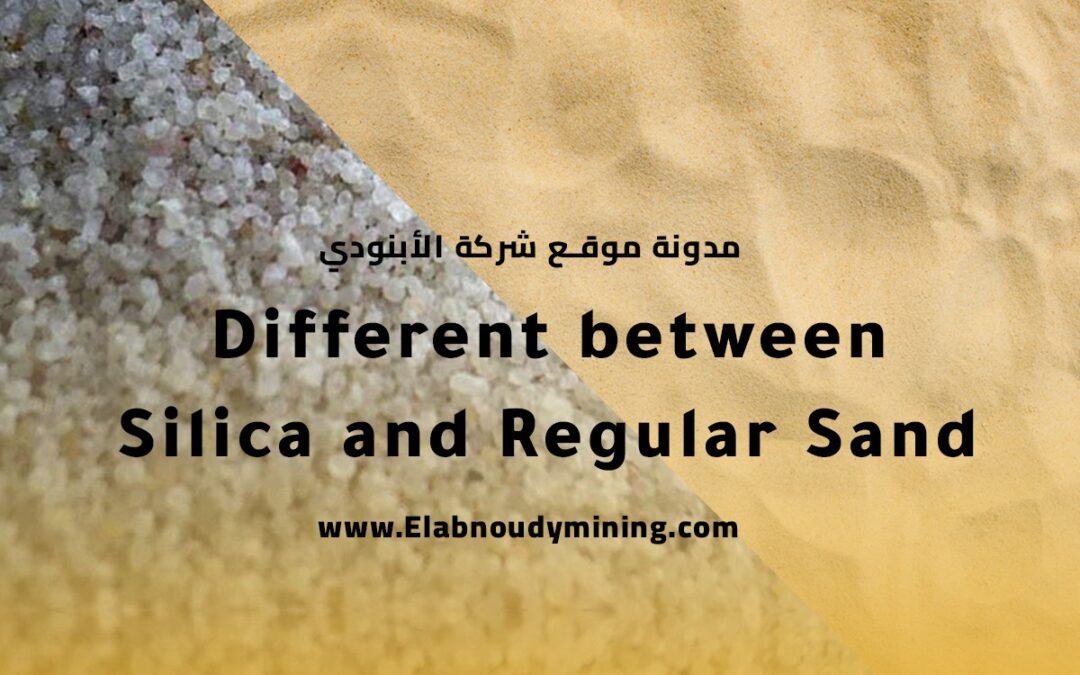
Different between Silica and Regular Sand
by نورهان محمد | Mar 31, 2024 | Silica Sand
Silica and regular sand are both materials commonly used in various industries and applications, but they have distinct differences that make them suitable for specific purposes. Understanding these differences can help in choosing the right material for a particular task or project. In this article, we will delve into the characteristics, uses, and differences between silica and regular sand.
What is Silica?
Silica, also known as silicon dioxide (SiO2), is a compound made up of silicon and oxygen atoms. It is one of the most abundant minerals on Earth and can be found in various forms, including quartz, sand, and glass. Silica is known for its hardness, chemical inertness, and high melting point, making it a versatile material with numerous industrial applications.

Different between Silica and Regular Sand
– Characteristics of Silica:
- Hardness: Silica is a hard and durable material, ranking 7 on the Mohs scale of mineral hardness. This hardness contributes to its abrasion resistance and makes it suitable for use in abrasive blasting, grinding, and cutting applications.
- Chemical Inertness: Silica is chemically inert, meaning it does not react with most substances. This property makes it ideal for use in manufacturing processes where chemical stability is crucial, such as in the production of ceramics, refractories, and electronics.
- High Melting Point: Silica has a high melting point of over 1600°C (2912°F), making it heat-resistant and suitable for applications involving high temperatures, such as in the production of glass, metals, and ceramics.
- Particle Size: Silica particles can vary in size, from fine powders to coarse sands, depending on the specific application requirements. Fine silica powders are used in electronics, while coarse sands are used in construction and foundry industries.
– Uses of Silica:
- Glass Manufacturing: Silica is a key ingredient in the production of glass, providing strength, transparency, and heat resistance to the final product.
- Foundry Casting: Silica sand is commonly used in foundry processes for molding and core-making due to its high refractoriness and ability to create precise molds.
- Abrasive Blasting: Fine silica particles are used in abrasive blasting operations to clean, etch, or prepare surfaces by removing coatings or contaminants.
- Ceramics and Refractories: Silica is used in the production of ceramics and refractory materials for its high-temperature stability and resistance to thermal shock.

Different between Silica and Regular Sand
What is Regular Sand?
Regular sand, often referred to simply as sand, is a naturally occurring granular material composed of finely divided rock and mineral particles. It is typically found in beaches, riverbeds, deserts, and sand dunes. Sand is formed through the erosion and weathering of rocks, and its composition can vary depending on its source and geographical location.
– Characteristics of Regular Sand:
- Grain Size: Regular sand particles range in size from 0.0625 mm to 2 mm, with variations in grain size affecting properties such as permeability, porosity, and strength.
- Composition: Sand can be composed of various minerals and materials, including quartz, feldspar, calcite, gypsum, and shell fragments. The composition of sand can influence its color, texture, and suitability for different applications.
- Permeability: Sand is permeable, allowing liquids and gases to pass through its interstitial spaces. This property is essential in applications such as landscaping, septic systems, and filtration.
- Uses: Sand is used in a wide range of applications, including construction, landscaping, agriculture, sports surfaces, and manufacturing processes.
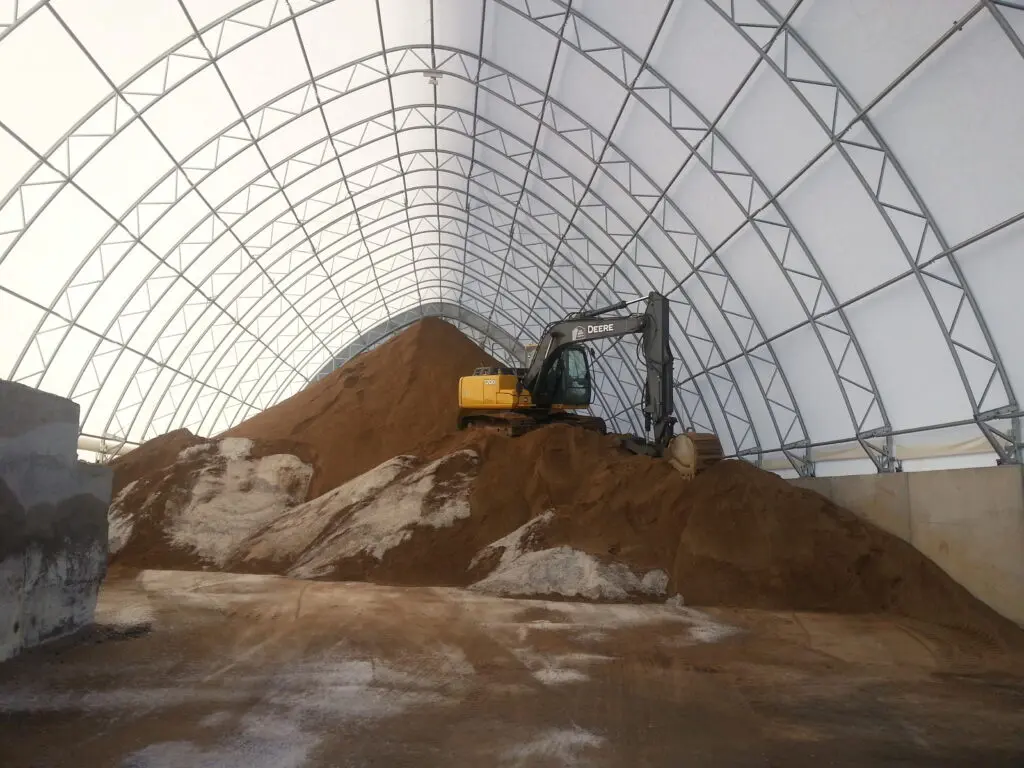
Different between Silica and Regular Sand
Differences Between Silica and Regular Sand
- Composition: Silica is a specific type of sand composed mainly of silicon dioxide, while regular sand can contain a mix of minerals and materials besides silica.
- Applications: Silica is commonly used in industries requiring high purity, abrasion resistance, and heat resistance, such as glass manufacturing and foundry casting. Regular sand, on the other hand, has diverse applications in construction, landscaping, filtration, and sports surfaces.
- Particle Size: Silica particles can range from fine powders to coarse sands, whereas regular sand typically falls within a specific grain size range suitable for general-purpose applications.
- Chemical Properties: Silica is chemically inert and resistant to most chemicals, making it suitable for applications where chemical stability is essential. Regular sand may contain minerals or impurities that can react with certain chemicals.
In conclusion, while silica and regular sand share some similarities as granular materials, they exhibit significant differences in composition, properties, and applications. Understanding these differences is crucial for selecting the appropriate material for specific industrial, construction, or manufacturing purposes. Whether it’s the high purity of silica for glass production or the versatility of regular sand for construction projects, each material serves distinct roles in various sectors of the economy.

